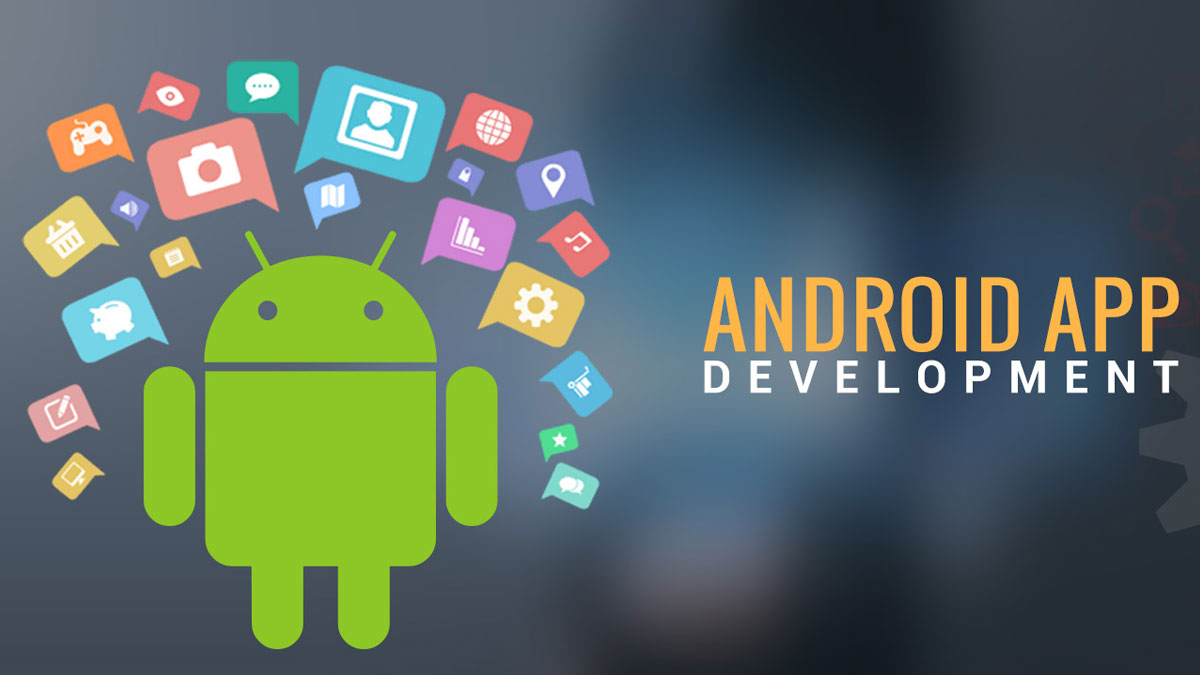Introduction:
In the rapidly evolving digital landscape, the art of Android application development stands as a key driver of innovation, offering individuals and businesses the ability to craft robust, user-friendly, and versatile mobile applications. This in-depth blog aims to demystify the intricacies of Android app development, serving as a thorough guide suitable for both beginners and seasoned developers alike.
Understanding Android App Development:
The Android Ecosystem: Famous for its widespread adoption and diverse user base, Android, an open-source operating system, sees developers predominantly employing Java and Kotlin. Utilizing the robust Android SDK (Software Development Kit), developers can create applications that seamlessly run on a multitude of devices.
Android Studio: The Development Hub: As the official IDE for Android app development, Android Studio provides a feature-rich environment equipped with tools for designing, coding, and debugging applications. Its user-friendly interface and integration with the Android SDK simplify the development process.
Java vs Kotlin: While Java has been the traditional language for Android development, Kotlin has gained popularity due to its conciseness, expressiveness, and interoperability with Java. This blog will delve into the advantages and disadvantages of each language, assisting developers in making informed decisions based on project requirements.
User Interface (UI) Design: Creating an engaging and intuitive user interface is pivotal for the success of any Android application. This blog explores the principles of Material Design, Android’s design language, and provides insights on implementing responsive layouts, animations, and visual elements to enhance the overall user experience.
Data Storage and Management: The blog discusses various options for data storage in Android applications, including SQLite databases, SharedPreferences, and file storage. Best practices for efficient data management and retrieval are highlighted to ensure optimal app performance.
Networking and Connectivity: Given that Android applications often require communication with external servers and APIs, the blog explores the implementation of network requests, handling responses, and managing connectivity to create responsive and dynamic apps that fetch and update data in real time.
Security Measures: Emphasizing the paramount importance of security in app development, the blog sheds light on secure coding practices, data encryption, and other measures to protect user information, enhancing the overall security of Android applications.
Testing and Debugging: The blog offers a comprehensive overview of testing methodologies, debugging tools, and best practices to assist developers in ensuring the reliability and functionality of their Android applications across different devices and Android versions.
Publishing on Google Play: Beyond development, publishing an app on Google Play demands adherence to guidelines and standards. This section guides developers through the submission process, from creating a developer account to optimizing app listings for visibility and downloads.
Continuous Learning and Resources: Recognizing the dynamic nature of Android development, the blog highlights valuable resources, forums, and communities where developers can stay updated and engage with the vibrant Android development community.
Conclusion:
Mastering Android application development is a gratifying journey that unlocks numerous possibilities. Whether you’re a novice setting out on your coding adventure or an adept developer aiming to refine your skill set, this comprehensive blog stands as your guide to navigating the captivating realm of Android app development. Stay tuned for detailed tutorials, tips, and tricks that will empower you to create innovative and impactful mobile applications.






